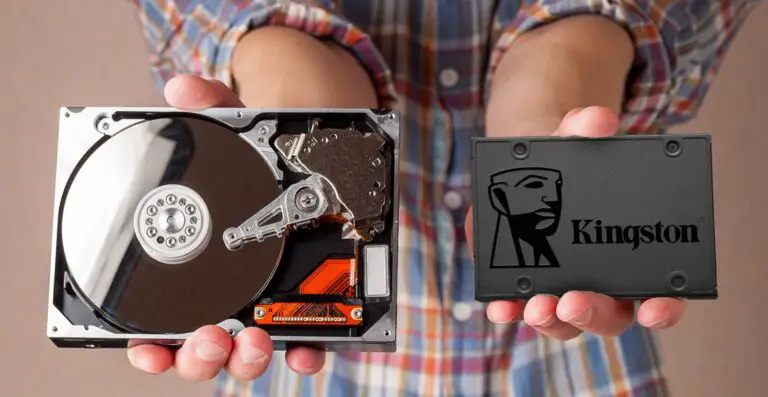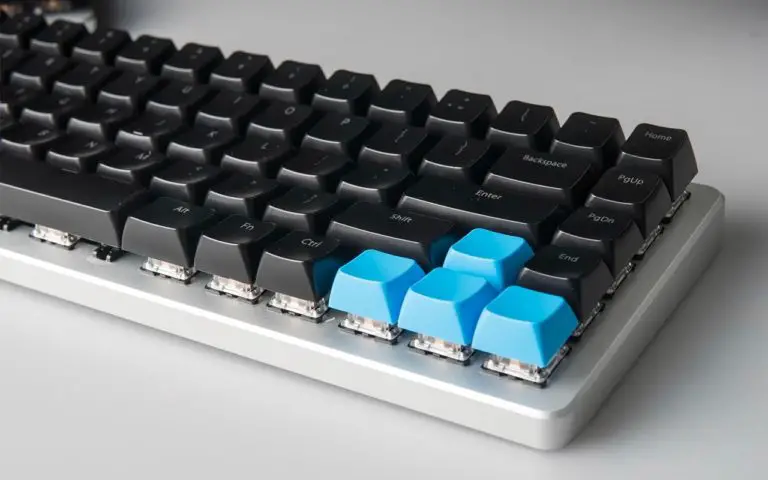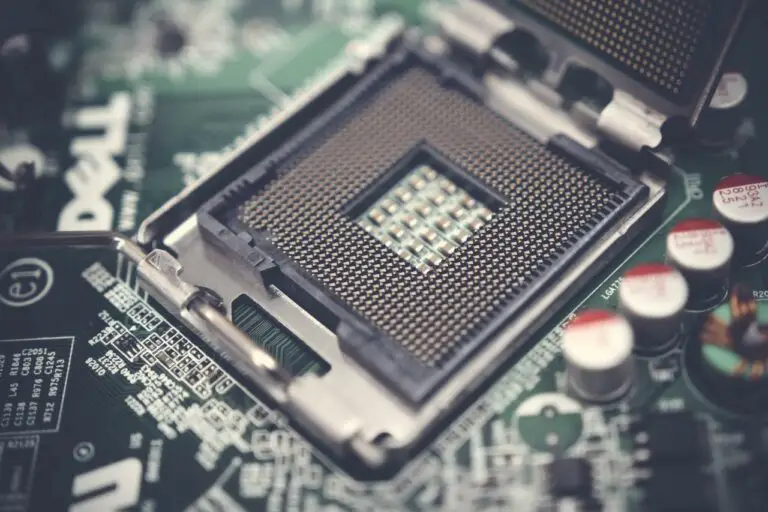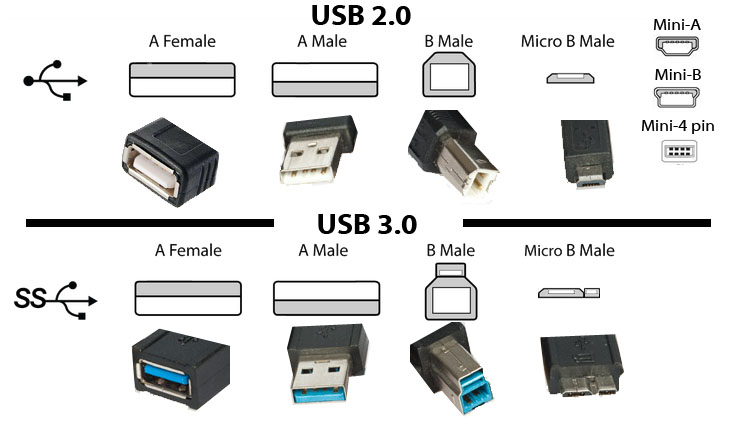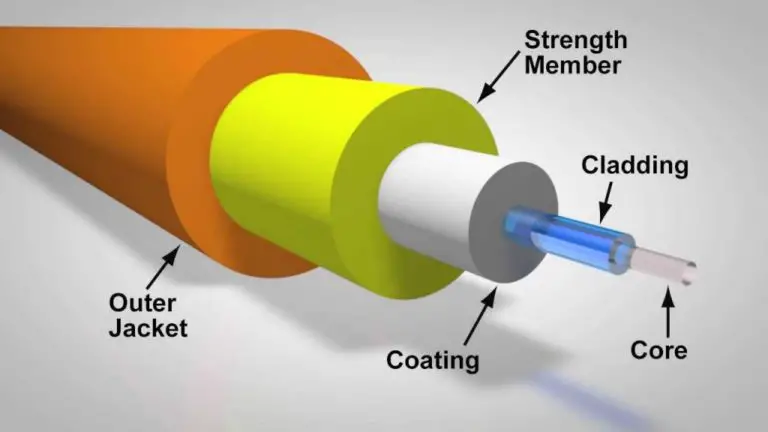Types of Internal Memory (Primary Memory)
We all exist in a world that is driven by technology. Living in today’s world without using technology is almost impossible, computers and smartphones are all necessary for our daily life. Our whole life is run by those things, technologies are used for many purposes. One of the main purposes of these technologies is to store data and information (pictures, research or videos, etc.). These data are stored in their memory and available on a particular device. Two types of memories are used: Internal Memory and External Memory. This article contains detailed information about internal memory.
What is Memory?
Memory is an internal and external device system that stock the data and information on a device. The memory contains many cells, known as Memory cells, every cell has a unique identification number. The CPU (Central Processing Unit) of the device reads and carries out instructions, picks out the particular cell to read, and writes the data based on the task that the person using it wants to perform on the device. There are various types of memory that a user can use based on how much is needed and the type of device being used.
Types of Internal Memory

Internal memory is also known as the key memory or primary memory in electronic devices. Internal memory stores the most important memory that the device uses to run itself. It stores data that the device can access while the device is in function and being used. Internal memory consists of small-sized chips that are connected to the main motherboard of the device. There are various types of internal memory in different devices according to their use. Lets discuss them one by one in detail.
RAM
Ram is fully formed Random Access memory is the main major memory of the CPU. Ram is used by the device to store the temporary data in it. It provides the data space to the software or the application you are using so the device can quickly access its data. The performance or the speed of the device depends on the amount of RAM available in the device. Not having enough ram can slow down the working of the device, which affects the speed and output of the software you are using. RAM is a temporary storage of memory because it gets rid of the data as soon as you turn off the device.
DRAM
DRAM is fully formed as Dynamic Random Access Memory is one subset out of two subsets of RAM Mostly included in modern devices, such as laptops, desktops, gaming systems, and portable devices. It is the cheapest ram out of two types of RAM which provides High-capacity memory. It is made by using two main components, transistors and capacitors, these needed a recharge every few seconds to hold on to their data. Same as RAM, DRAM loses its data when the device loses its power.
SRAM
SRAM is fully formed as Static Random Access Memory is the second subset of the RAM and as long as the system is powered It keeps the data, far from DRAM which loses the data more frequently. As it keeps the data longer than the DRAM makes it more expensive. So, it is not used in most devices, SRAM is faster than DRAM, as it is Used for Cache memory.
ROM
ROM is fully formed as Read-only Memory one of the main types of internal memory. ROM stores the data permanently and is a non-volatile memory far from RAM which loses data frequently. ROM does not rely on the power of the device to keep its data stored. Binary code is used to write data on every cell by the programmer, and represent the text with the two symbols ‘1’ and ‘0’. As users cannot alter the stored data on ROM, the memory can be used for the important data and not be changed like boot-up software and firmware instructions.
PROM
PROM is fully formed as Programmable Read-only Memory; it is the subset of ROM that starts with no data in the memory. A person can use the PROM programmer to write the data on the chip. It is the type of ROM which stores the data permanently when written.. The PROM is mostly used by the programmers to write a special function on the chipsets.
EPROM
EPROM is fully formed as Erasable Programmable Read Only Memory is another type of memory ROM that can be used to write the data as well as to remove the previous data and reprogram it. UV (Ultraviolet) light is used in the quartz crystal window to erase the available data on the chipset. PROM programmer is used for reprogramming after erasing the old data. Erasing the data multiple times from the chipset can damage it and makes it harder to use it in the future.
EEPROM
EEPROM is fully formed as Electrically Erasable Programmable read-only memory is the only left non-Volatile type of ROM chip which mostly replace the need for EPROM and PROM chipsets. This memory is faster compared to the EPROM chip in erasing and reprogramming the data on the chipset using an electric field. Data can be erased more conveniently while is still inside the device, unlike the EPROM which needs to be taken out before erasing the data.
Cache
Cache memory most highly-speed memory which stores the data immediately used by the CPU. Cache requires access uses to the CPU; the memory of the cache can be transferred instantly to the CPU when requested. It serves as the buffer between the CPU and RAM.
Internal Memory plays an important part in the devices, whether to store the data for a long time or erase it. Internal memory is available in various types and used in different devices according to their needs, every memory has its different functions. Internal memory is an essential part of a device and is responsible for its function and actions. Thus, Internal memory is a key part of a device.


